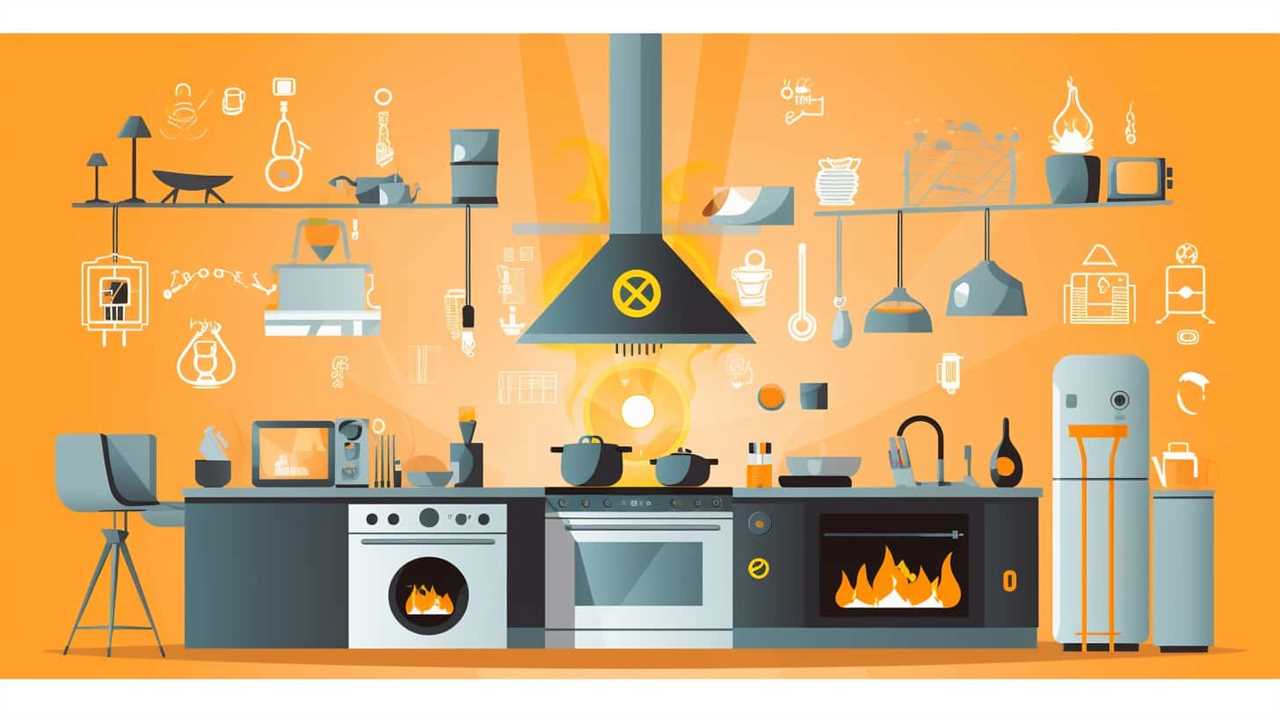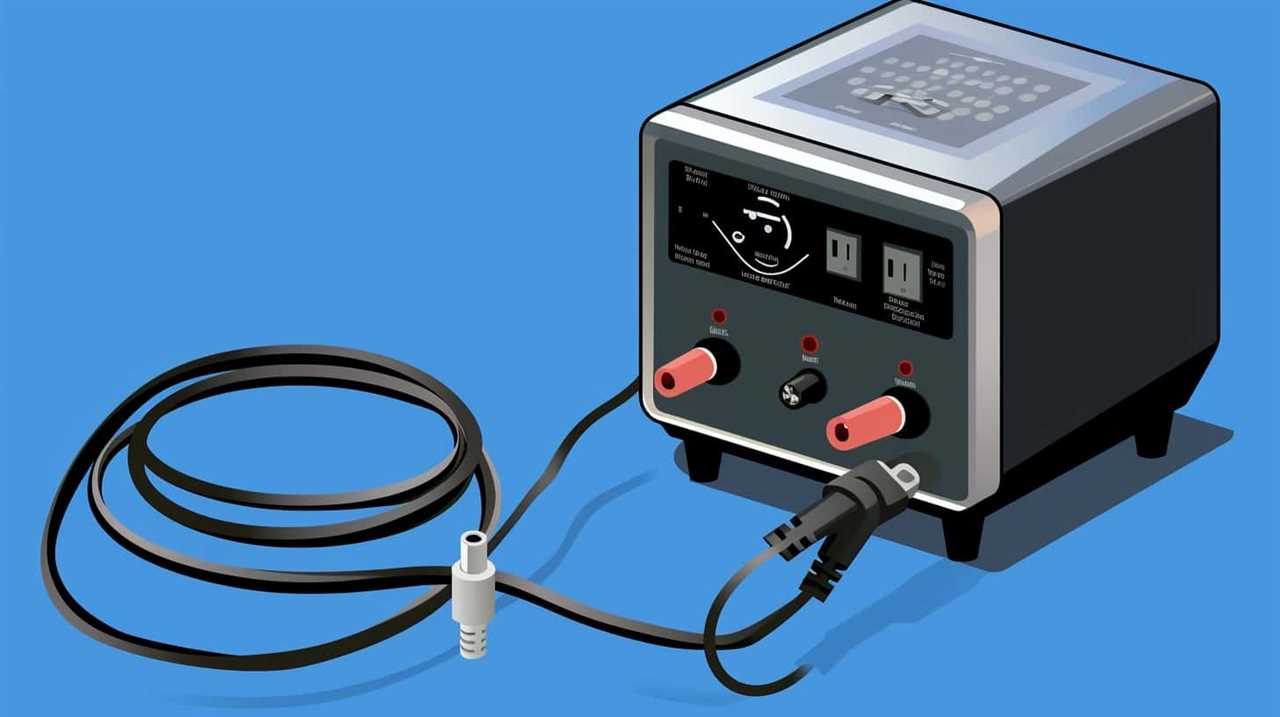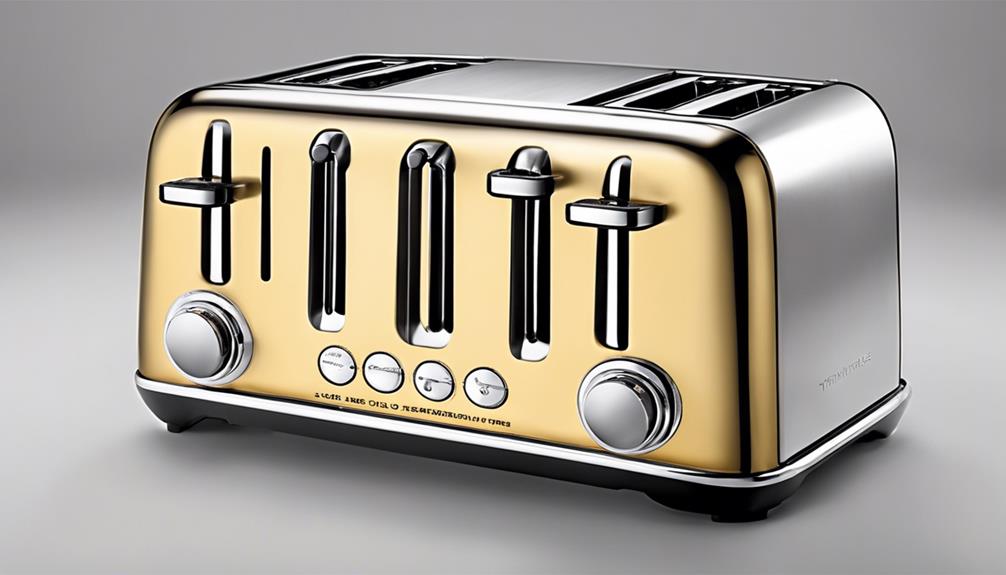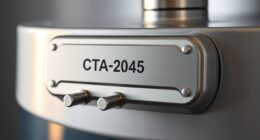Curious about what happens to your old appliances once you no longer need them? Allow us to shed some light on the subject.
In this article, we will explore the fascinating process of appliance recycling. From collection and transportation to sorting and disassembly, we’ll delve into every step of the journey.
Join us as we uncover the secrets behind the removal of hazardous materials, the art of recycling and reconditioning, and the possibilities of repurposing and resale.
Get ready for a whirlwind tour of the world of appliance recycling.

Key Takeaways
- Strategic placement of collection points and specialized vehicles are used for efficient collection and transportation of appliances.
- Appliances are systematically sorted and disassembled based on their material composition, such as metal, plastic, glass, and electronics.
- Hazardous materials are rigorously identified and safely removed to prevent contamination of the environment.
- Recycling, reconditioning, repurposing, and resale of appliances are done to extend their lifespan and contribute to a more sustainable society.
Collection and Transportation
We collect and transport a large number of appliances for recycling every year. As part of our waste management efforts, we’ve implemented an efficient system for the collection and transportation of appliances, ensuring minimal environmental impact.
Our process begins with strategically placed collection points, where individuals can drop off their unwanted appliances. These collection points are conveniently located in various neighborhoods, making it easy for residents to participate in our recycling program.
Once the appliances are collected, we utilize specialized vehicles to transport them to our recycling facility. These vehicles are designed to optimize space and reduce fuel consumption, further minimizing our carbon footprint.
Sorting and Disassembly
To efficiently manage the waste generated by appliances, we employ a systematic process of sorting and disassembling the collected items. This helps us maximize recovery options and minimize the environmental impact of discarded appliances.

Here is a breakdown of our sorting and disassembly process:
- Sorting: Upon collection, appliances are carefully sorted based on their material composition, such as metal, plastic, glass, and electronics.
- Metal: Separated into ferrous (iron-based) and non-ferrous metals, which can be recycled and reused in various industries.
- Plastic: Sorted by type to facilitate proper recycling or energy recovery through processes like pyrolysis or gasification.
- Glass: Sorted by color and type for recycling into new glass products.
- Electronics: Segregated for specialized recycling to recover valuable materials like gold, silver, and copper.
- Disassembly: Appliances are then disassembled into their component parts.
- Valuable components: Recovered for reuse or resale.
- Hazardous components: Safely removed and disposed of following regulatory guidelines.
- Non-recyclable components: Properly disposed of in compliance with waste management regulations.
Removal of Hazardous Materials
How do we ensure the safe removal of hazardous materials during the recycling process for appliances?
The treatment and disposal of hazardous waste is a critical aspect of appliance recycling. Improper disposal of these materials can have severe environmental impacts. To address this issue, we follow a rigorous procedure to identify and remove hazardous substances from appliances.
This involves a thorough inspection and testing process to determine the presence of hazardous elements such as mercury, lead, and PCBs. Once identified, these materials are carefully extracted and treated according to established guidelines.

Our goal is to minimize the environmental impact by ensuring that hazardous waste is disposed of properly, preventing contamination of soil, water, and air. By prioritizing the safe removal and disposal of hazardous materials, we contribute to the sustainable recycling of appliances and the protection of our environment.
Recycling and Reconditioning
When it comes to recycling and reconditioning appliances, there are several effective methods that can be employed to reduce waste and extend the lifespan of these products. Here are three sub-lists that provide a comprehensive overview of these methods:
- Repair and Refurbishment:
- Conducting thorough inspections to identify faulty components.
- Repairing or replacing damaged parts to restore functionality.
- Testing the appliance to ensure it meets safety and performance standards.
- Waste Reduction:
- Disassembling the appliance to salvage useful materials.
- Recycling components such as metal, plastic, and glass.
- Properly disposing of hazardous materials in an environmentally friendly manner.
Repurposing and Resale
We repurpose and resell appliances to give them a new purpose and extend their lifespan. By participating in donation programs, we’re able to redirect appliances to individuals or organizations that can use them, reducing waste and minimizing the environmental impact.
This process not only benefits the recipients, but also contributes to a more sustainable society. Through our extensive network of partners, we ensure that appliances are properly refurbished and repaired before being resold. This not only extends the lifespan of the appliances, but also reduces the need for new manufacturing, saving valuable resources and energy.

Frequently Asked Questions
Are There Any Regulations or Laws in Place That Require Appliances to Be Recycled?
Appliance recycling regulations ensure that we responsibly recycle appliances. These regulations, which vary by jurisdiction, require proper disposal and recycling of appliances to minimize environmental impact and promote sustainable practices.
Can I Recycle Appliances That Are Not in Working Condition?
Yes, appliances that are not in working condition can still be recycled. There are several recycling options available, including taking them to designated recycling centers where they can be properly disposed of and recycled.
How Can I Ensure That My Personal Information Is Securely Removed From Recycled Appliances?
To ensure data security, we must properly dispose of appliances. It is crucial to remove personal information before recycling them. One interesting statistic: Over 90% of recycled appliances still contain sensitive data.
What Happens to the Non-Recyclable Parts of Appliances?
When it comes to the non-recyclable parts of appliances, proper disposal methods are crucial to minimize their environmental impact. We must explore innovative solutions to safely dispose of these components while prioritizing sustainability.

Are There Any Incentives or Benefits for Recycling Appliances?
Incentives for recycling appliances include reducing landfill waste, conserving natural resources, and decreasing energy consumption. The environmental impact of recycling appliances is significant, as it helps mitigate pollution and greenhouse gas emissions.
Conclusion
In conclusion, the recycling process for appliances is a complex and vital solution to reduce waste and environmental impact.
Did you know that in the United States alone, over 9 million tons of appliances are discarded each year?
By properly recycling and reconditioning these appliances, we can’t only divert them from landfills but also conserve valuable resources like metals and plastics.

Embracing this sustainable practice ensures a greener future for our planet.










